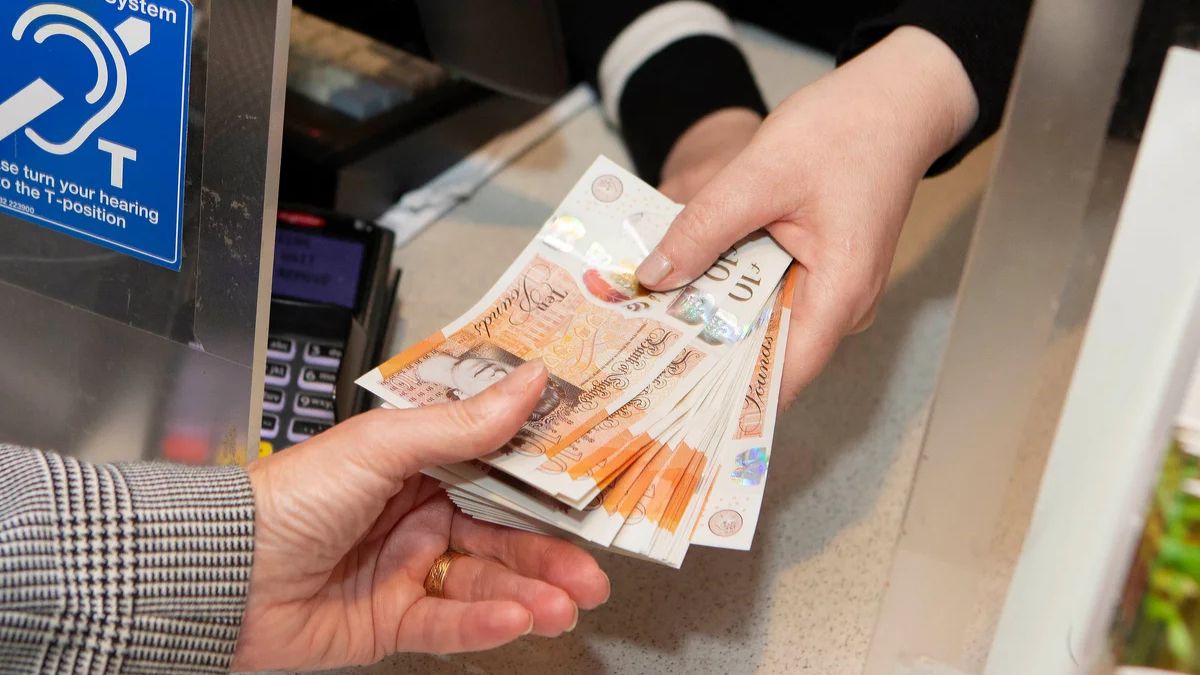Small and medium-sized enterprises (SMEs) remain the backbone of the UK economy, employing millions and driving innovation across industries. In 2025, the government has confirmed a new round of tax relief worth up to £1,000, designed to help businesses withstand ongoing financial pressures.
The announcement comes at a critical time, as inflation, higher interest rates, and rising operating costs continue to squeeze margins. For many entrepreneurs, this relief could be the difference between staying competitive and closing their doors
What Is the £1,000 Business Tax Relief?

The £1,000 relief is a direct reduction in tax liabilities for eligible SMEs in the 2025/26 tax year. Unlike loans or grants, this support is a straightforward tax deduction, applied when filing tax returns.
For small enterprises, the difference can be significant. Even modest relief can help cover bills, retain staff, or invest in operations at a time when cash flow is under strain.
Why Was the Relief Introduced?
SMEs have faced severe pressures in recent years:
- Energy costs have surged.
- Supply chain disruptions have raised material prices.
- Wage increases have stretched payroll budgets.
Business associations report declining profit margins, delayed expansion plans, and increased closures. Recognising these risks, the government introduced the £1,000 relief as quick, accessible assistance to stabilise small firms and sustain the wider economy.
Who Qualifies for the £1,000 SME Support?
Not every business will automatically qualify. The government has outlined clear criteria:
- Must be classified as an SME under UK law.
- Annual turnover must remain below £25 million.
- The business must be actively trading and registered with HMRC.
- Some sectors already receiving targeted aid may face adjustments.
- Self-employed individuals and micro-businesses may also qualify, depending on tax classification.
How to Claim the Relief
The relief will be applied through the existing tax system, with no separate application process in most cases.
- Limited companies – Deduction through corporation tax returns.
- Sole traders/partnerships – Deduction via self-assessment returns.
- Employers – Relief may indirectly reduce National Insurance contributions.
To benefit, businesses must ensure HMRC records are accurate and up to date. In many cases, HMRC systems will automatically apply the deduction.
When Will the Relief Take Effect?
The tax relief begins in the 2025/26 tax year (April 2025). Firms filing returns after this date will see the deduction included.
The timing coincides with other reforms, including minimum wage increases and corporation tax band adjustments, making 2025 a pivotal year for business finances.
Wider Impact on UK SMEs
While £1,000 may seem small, its impact could be notable:
- Improved cash flow – Allowing reinvestment into operations.
- Stability – Helping owners delay redundancies or closures.
- Confidence boost – Signalling government commitment to small firms.
Industry experts believe that when combined with other measures, the relief could keep thousands of businesses competitive in a difficult market.
How Does It Compare to Previous Support?
The UK government has a track record of supporting SMEs with relief measures. Examples include:
- Business rates holidays during the pandemic.
- Energy bill discounts during the cost-of-living crisis.
- Bounce Back Loans, offering quick credit.
The difference this time is permanence. Rather than a temporary emergency scheme, the £1,000 tax relief is designed to be part of a long-term support strategy for small businesses.
Key Sectors Likely to Benefit Most
Certain industries are expected to see the biggest impact:
- Hospitality and retail – Struggling with energy bills and rising wages.
- Construction – Facing sharp material cost increases.
- Manufacturing – Affected by global supply chain pressures.
- Technology start-ups – Needing predictable support for growth.
For these sectors, even modest relief can provide a vital financial buffer.
Criticism and Limitations of the Relief
The policy has drawn mixed reactions:
- Some business leaders argue that £1,000 is not enough to make a real difference given inflation.
- Larger SMEs with significant expenses may feel minimal benefit.
- Critics suggest support should be more targeted to struggling sectors.
However, government officials stress that the £1,000 relief is only one part of a wider package, with more targeted funding and support expected in the months ahead.
Preparing Your Business to Claim
To make the most of the relief, SME owners should:
- Update financial records with HMRC.
- File tax returns promptly to avoid delays.
- Seek professional advice if eligibility is unclear.
- Reinvest savings strategically, focusing on areas that drive growth.
By preparing early, businesses can ensure they maximise the benefits of the relief.
The Future of SME Support in the UK
The £1,000 tax relief may signal the start of broader reforms. With the government under pressure to boost economic growth, small firms are expected to remain central to policy.
Possible future measures could include:
- Additional tax adjustments.
- New grant schemes.
- Expansion of credit support programs.
For SMEs, this suggests the government is not only offering short-term help but also planning a long-term support framework.
FAQs on £1,000 SME Tax Relief 2025
1. What exactly is the £1,000 SME tax relief?
It’s a direct tax deduction available in the 2025/26 tax year, reducing liabilities for eligible SMEs by up to £1,000.
2. Who qualifies for the relief?
Businesses classified as SMEs with turnover below £25 million, actively trading, and registered with HMRC. Some self-employed individuals may also qualify.
3. How is the relief applied?
Through the tax system. Limited companies will see it deducted from corporation tax, while sole traders and partnerships will see it via self-assessment.
4. Is the £1,000 relief enough to help SMEs?
While critics say it’s small compared to rising costs, it provides cash flow support and signals a commitment to small businesses.
5. When does the relief take effect?
It applies to the 2025/26 tax year, starting April 2025, and will be automatically included in tax returns.















